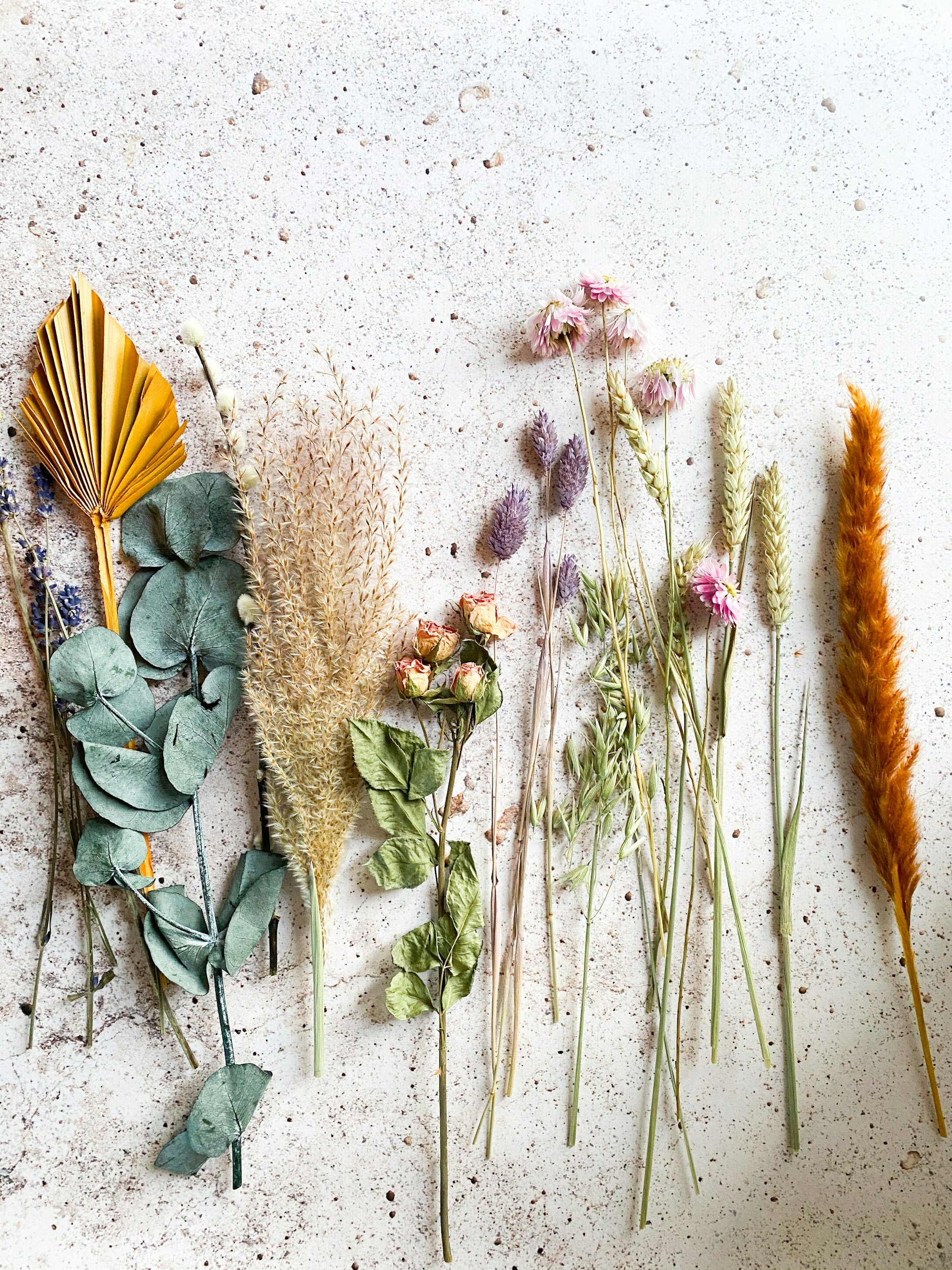
About Snowy & Wolf Tree Arts
Snowy is a New York native, born and raised in the very small town of Tully. She has been an explorer of the woods and a creator of art since she was little.
The pieces that are available for purchase are listed as such, along with their current location (CAP Gallery, The Whimsy Mercantile, or the Wolf Tree Arts space). To purchase a piece, please email Snowy directly by using the contact form (above) or by emailing snowyolajoie@gmail.com.
You can also find an abundance of art, fabric crafts, and other handmade items at the Wolf Tree Arts’ booth in upcoming shows. See EVENTS page for more information.



